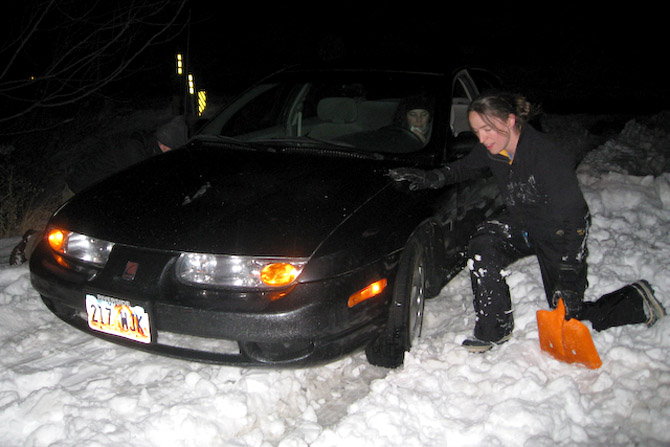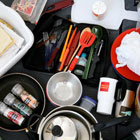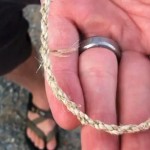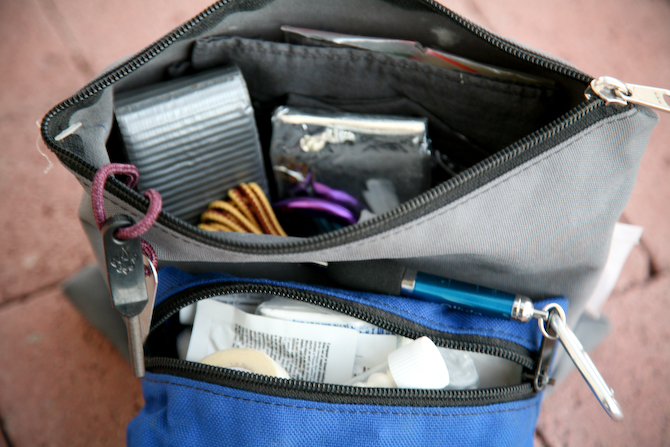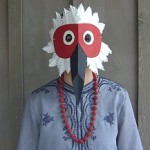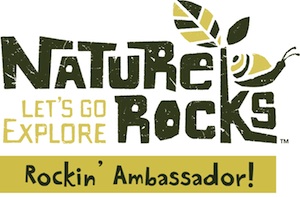Lessons from the 2 greatest moms we know: Ours.
Moms. Let’s face it. They play a huge role in the people we become.
We’ve done interviews with lots of amazing moms over the last few years, but lately we’ve both been thinking about our own moms, and how important their lessons 30 years ago influence us now, so many years later.
 For me (Lindsey), it was suddenly having a daughter. That mother/daughter relationship was brought to the forefront of my mind. The thought of raising a daughter seemed daunting. I started to examine how I turned out so… well, cool (by my own standards of course). The answer: My Mom.
For me (Lindsey), it was suddenly having a daughter. That mother/daughter relationship was brought to the forefront of my mind. The thought of raising a daughter seemed daunting. I started to examine how I turned out so… well, cool (by my own standards of course). The answer: My Mom.
The three most important things I learned from her.
1. There is no substitute for hard work.
2. Letting your kids run outdoors unsupervised is a good thing.
3. Taking your kids out for adventures is exhausting. My Mom did it with 6 kids in tow. Get over it, and get out there.
This is the interview with my Mom (6/14/2011) Nancy: Adventure. Exhausting, but worth it
 For me (Olivia), my mom is constantly in my head. The older I get the less I need to call her and ask for her advise (though I do…) because I can hear what she’d say without her having to say it (some people have bumper stickers on their car that say WWJD; What Would Jesus Do–my bumper sticker should say WWMMD; What Would My Mother Do. And honestly I think Jesus and My Mother would do similar things, though I am unfamiliar with what Jesus took on camping trips).
For me (Olivia), my mom is constantly in my head. The older I get the less I need to call her and ask for her advise (though I do…) because I can hear what she’d say without her having to say it (some people have bumper stickers on their car that say WWJD; What Would Jesus Do–my bumper sticker should say WWMMD; What Would My Mother Do. And honestly I think Jesus and My Mother would do similar things, though I am unfamiliar with what Jesus took on camping trips).
From packing for camping trips to married life to (very soon) taking care of a little girl, I think back to my own childhood, and what my mom did, to figure out what I should do.
The sacrifices she made were completely lost on me as a child. It is only decades later that I realize what an incredible mom she is.
This is the interview with my Mom (5/5/2011) Bonnie: Raising Outdoor Savvy Kids
Happy Mothers Day to all the great Moms (future, present and past) who read this blog.
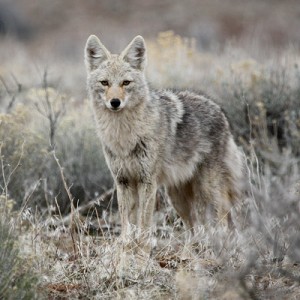 COYOTES AND WOLVES
COYOTES AND WOLVES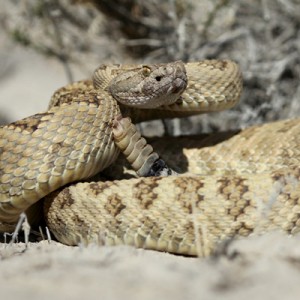 VENOMOUS SNAKES
VENOMOUS SNAKES